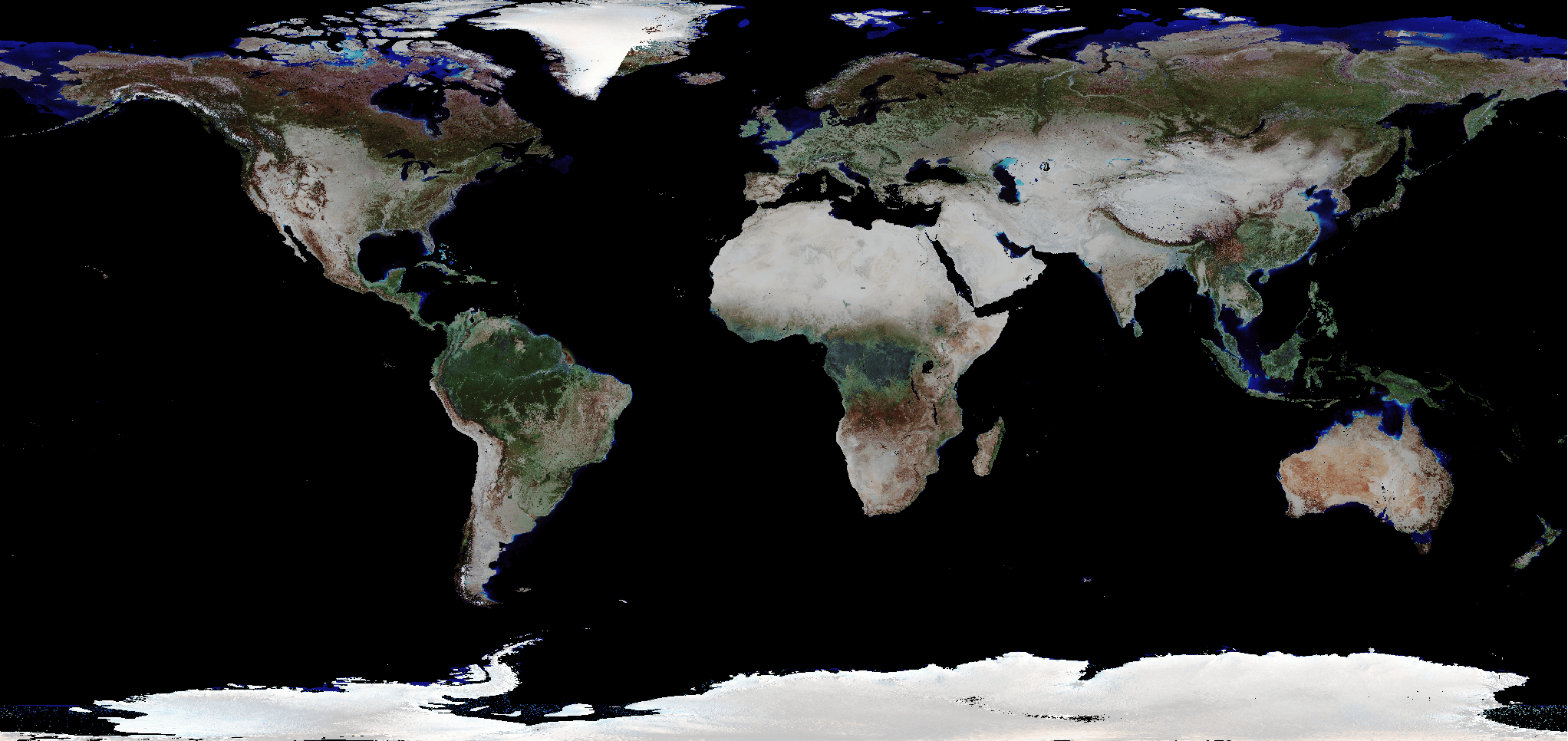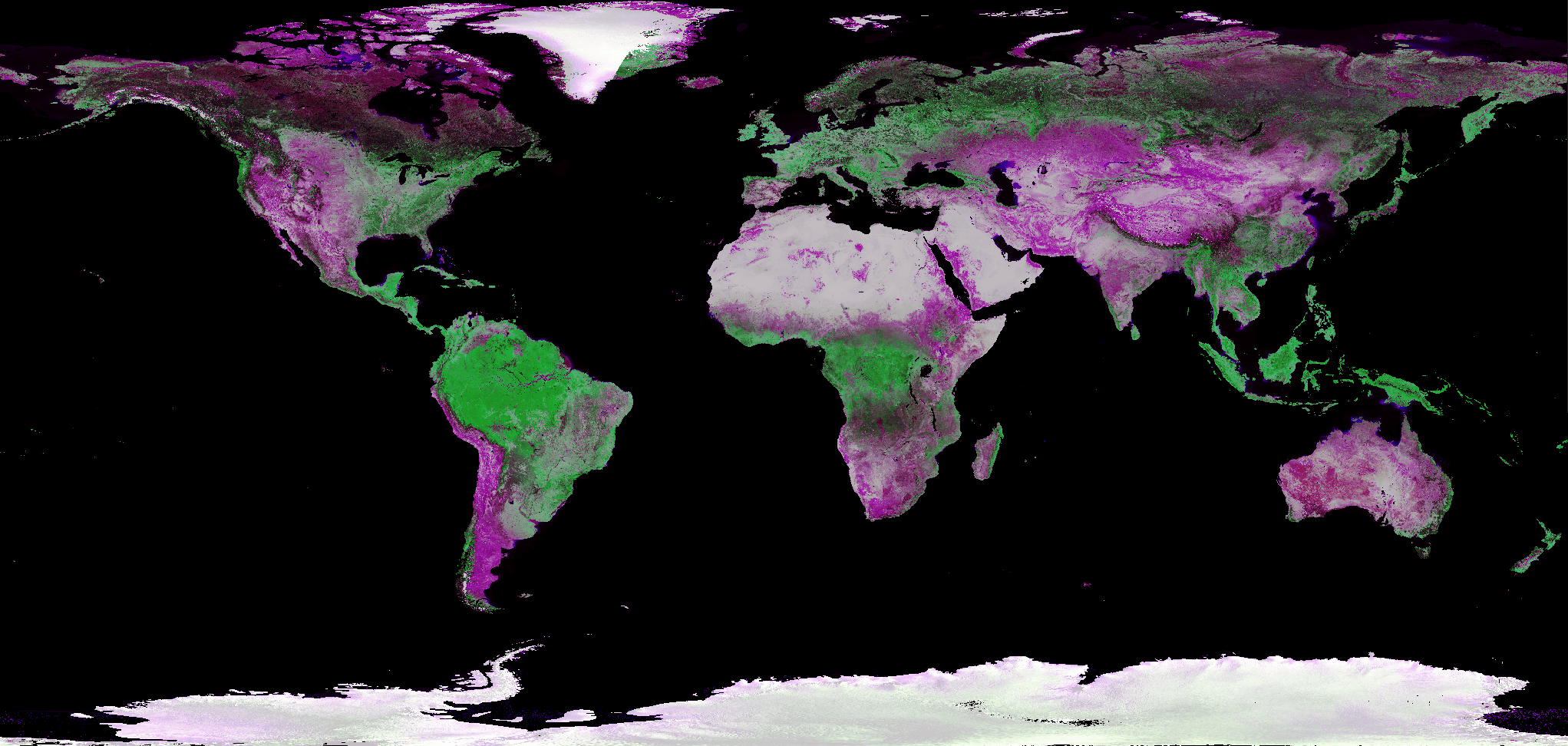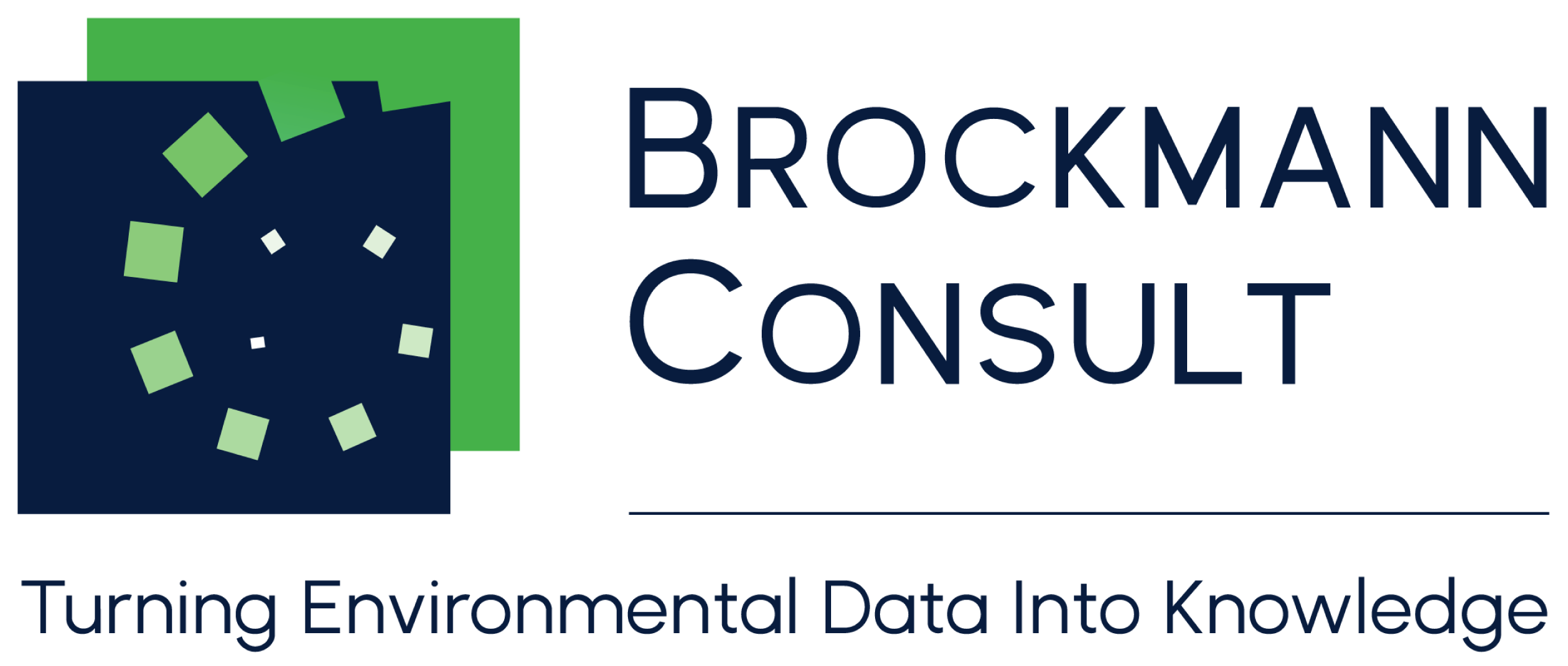Climate change has enormous environmental impact and is consequently creating socio-economical challenges facing us in the twenty-first century. The consequences of a warming climate are far-reaching, potentially affecting freshwater resources, global food production and sea level. Threatening impacts on the natural environment and life on Earth for generations to come, climate change is high on political, strategic and economic agendas worldwide.
The Global Climate Observing System (GCOS) programme, an international, interagency interdisciplinary framework for meeting the full range of national and international needs for climate observations developed the concept of the Essential Climate Variable (ECV) to meet the need for a systematic observation of climate. An Essential Climate Variable (ECV) is defined as significant contributor for the characterisation of Earth’s climate physical and is chemical or biological variable or a group of linked variables.
Land Cover influences climate by modifying water and energy exchanges with the atmosphere, by changing greenhouse gas and aerosol sources and sinks and is therefore classified as essential climate variables (ECVs). Land Cover is defined as the physical material at the surface of the earth and include different vegetation types, asphalt, bare ground, water, etc. The importance of these issues requires continuous monitoring systems and the most accurate data.
The Land Cover CCI project, which is part of the ESA Climate Change Initiative, is developing the scientific basis. The Copernicus Climate Change Service – Lot 5 as part of the Copernicus Climate Change Service (C3S), which is implemented by the European Centre for Medium-Range Weather Forecasts (ECMWF) on behalf of the European Commission, is systematically producing Land Cover ECV. Brockmann Consult is participating in both activities and is developing and producing global land surface reflectances from various satellite missions which is the primary data source for the Land Cover ECV.







